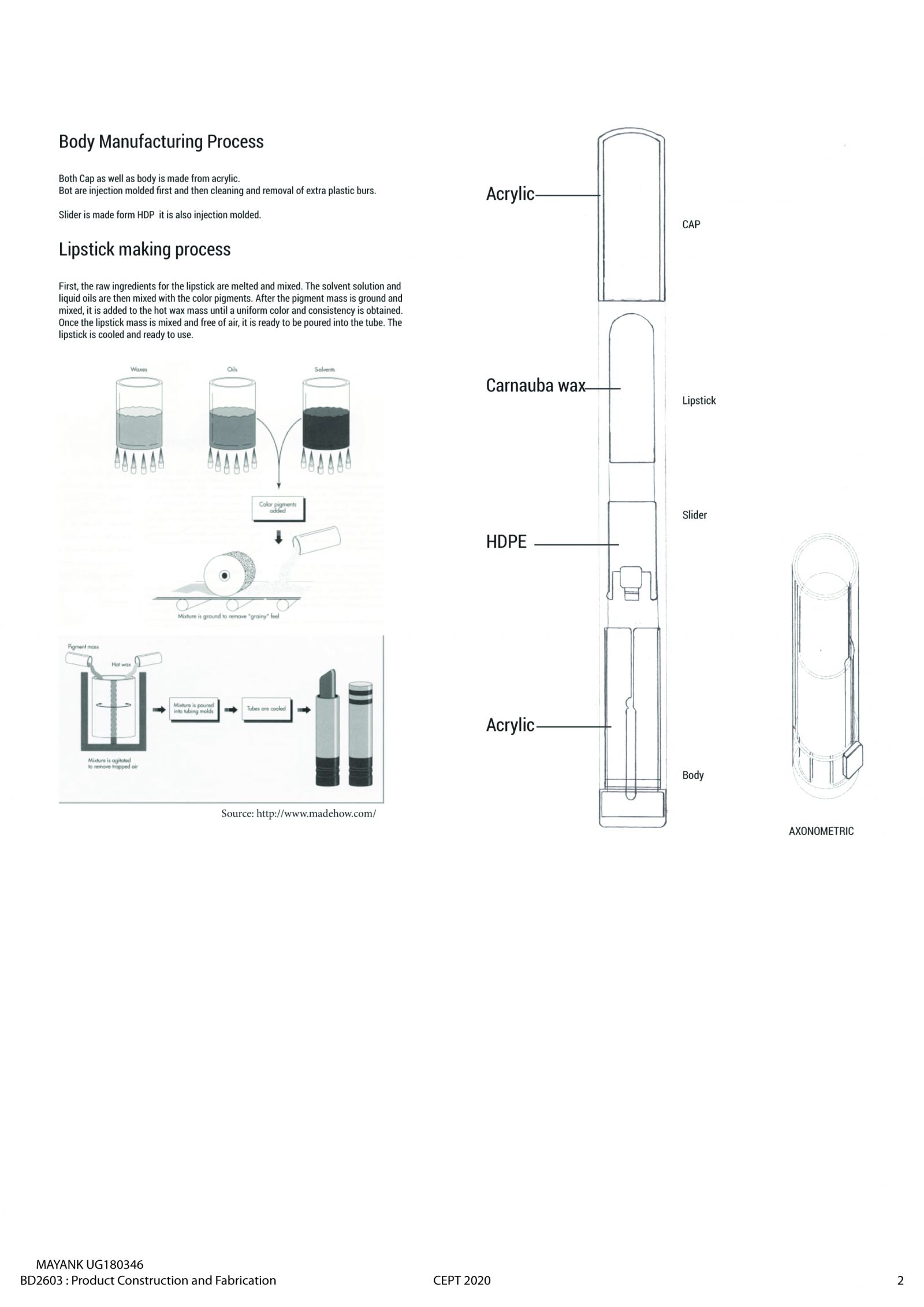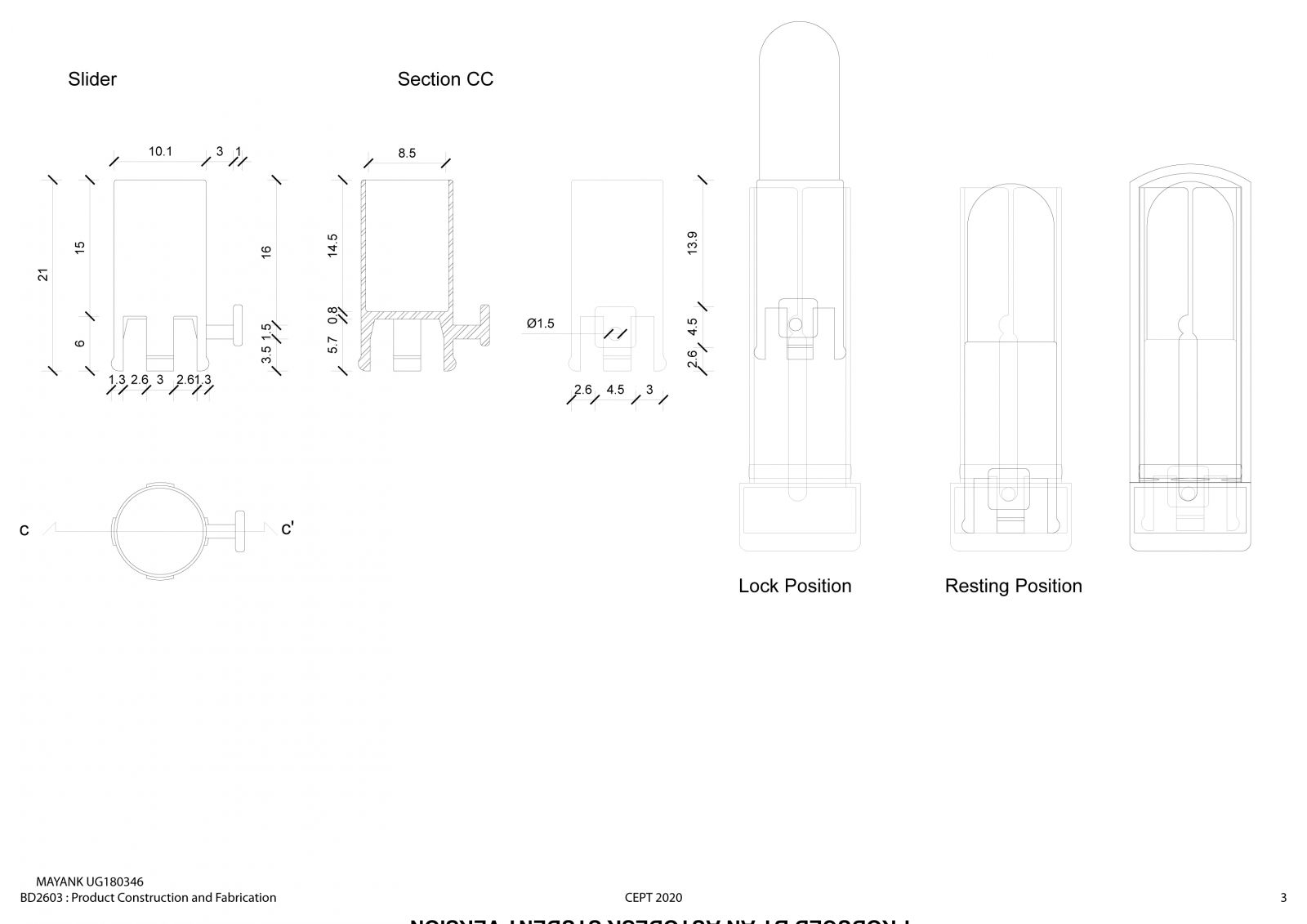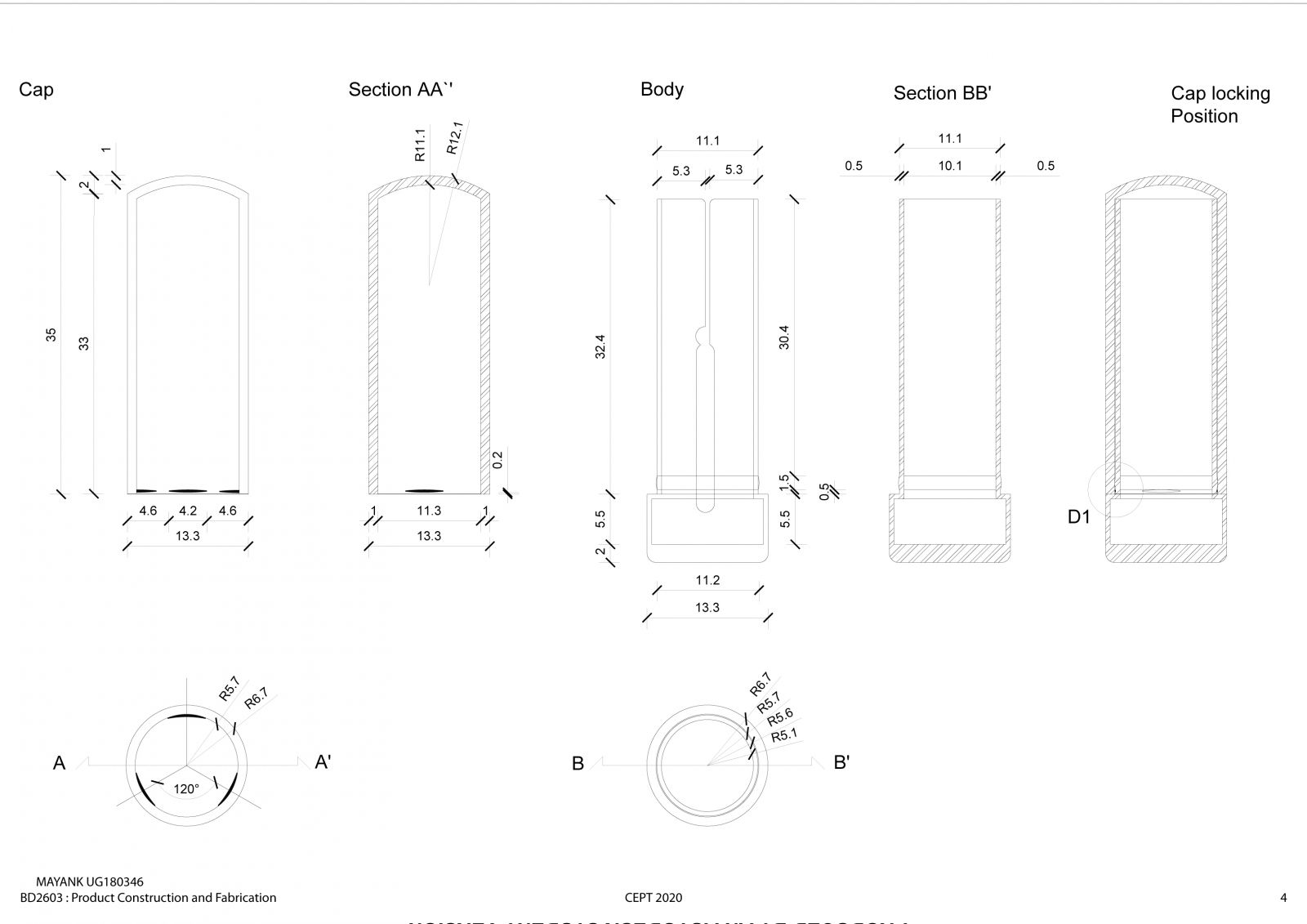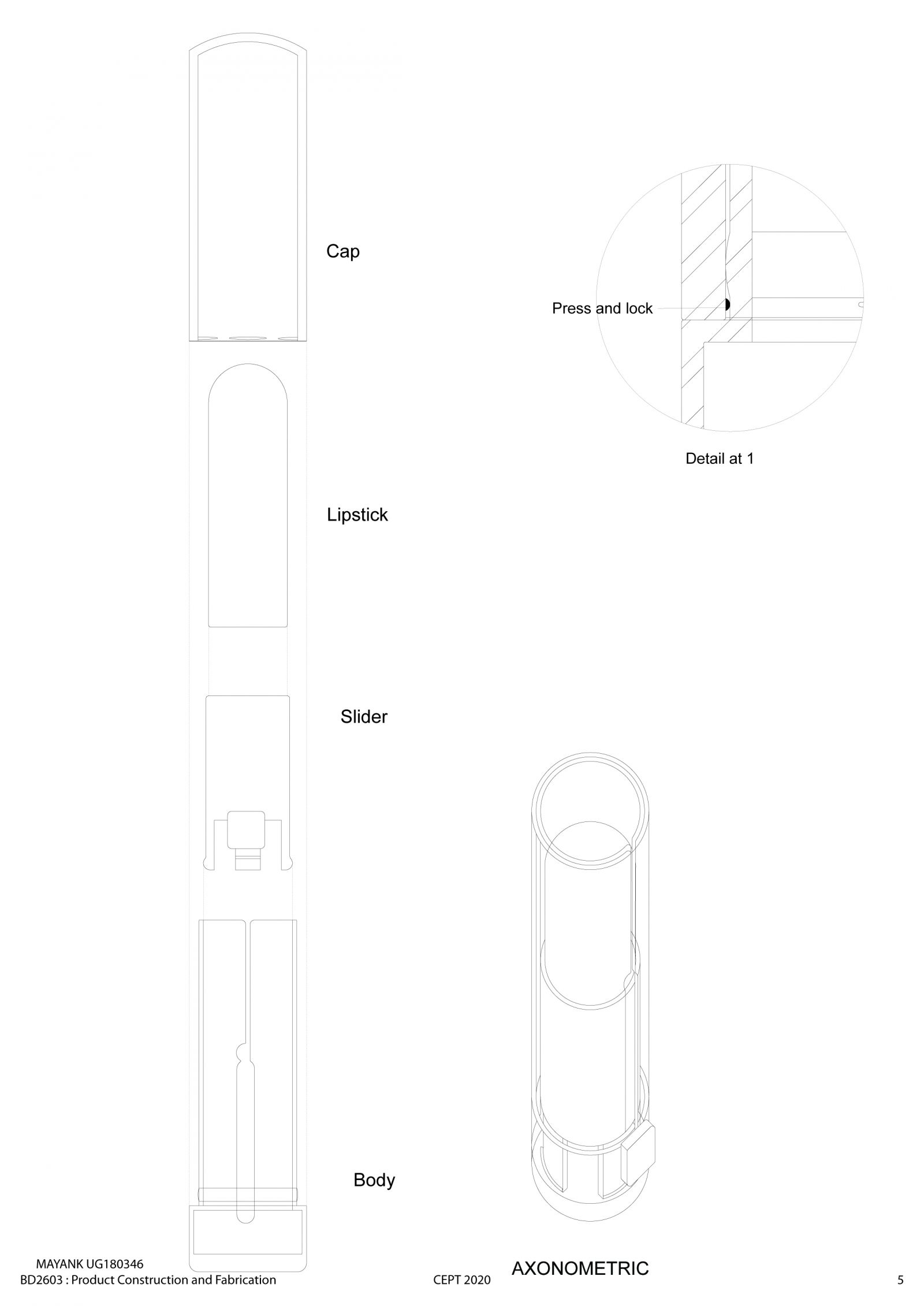Your browser is out-of-date!
For a richer surfing experience on our website, please update your browser. Update my browser now!
For a richer surfing experience on our website, please update your browser. Update my browser now!
Industrial designers develop aspects of a product that create emotional connections with the user. They integrate all aspects of form, fit, and function, optimizing them to create the best possible user experience. They also create visually appealing designs that can stand the test of time and ensure that the product is ergonomically suited to fit the user, including how they will functionally relate, interface or live with the product. How successfully they can do this can often determine the success of a product in the market. Firms that leave the industrial design to the end of the engineering lifecycle, or out wholly will struggle to find success in consumerdriven markets. Industrial designers face several challenges, as manufacturers face more competition and faster development cycles than ever before. Alongside this, consumers are becoming ever more discerning, and global competition continues to rise. Design and engineering teams are increasingly geographically spread, and elements of the design and engineering processes are often outsourced. Globalization means that industrial designers now have to take both human factors and demographics into account during the design phase. Not only do they have to consider different body shapes and sizes, genders, and age ranges – but when catering to a global audience, there are different cultures, expectations, infrastructures, beliefs, and preferences. As such, pressure is being put on industrial designers from every angle. They have to operate in a fragmented development environment, but still develop products faster, without compromising on style or materials. Even how something is packaged can have an impact on sales. To deliver innovative designs that are functional, manufacturable, and affordable, industrial designers must work with and satisfy the needs of all major stakeholders across the product lifecycle, including executive management, marketing, engineering, and manufacturing. An industrial designer also has to offer a lot of options and flexibility, working closely with the engineers to determine how to manage costs through the use of different manufacturing techniques, materials, or functions. To achieve this, industrial design and styling need to be performed early in the product development process. It must be able to accommodate frequent change, as new opportunities and new requirements arise. Distinctive design and styling give companies across almost all industries a significant competitive advantage. However, in today’s markets, form, fit, and function are equally important since they are crucial factors determining whether customers have a positive experience with a product every time they use it. The most effective way to accomplish this is for the industrial design process to be tightly integrated into the whole product development lifecycle.




